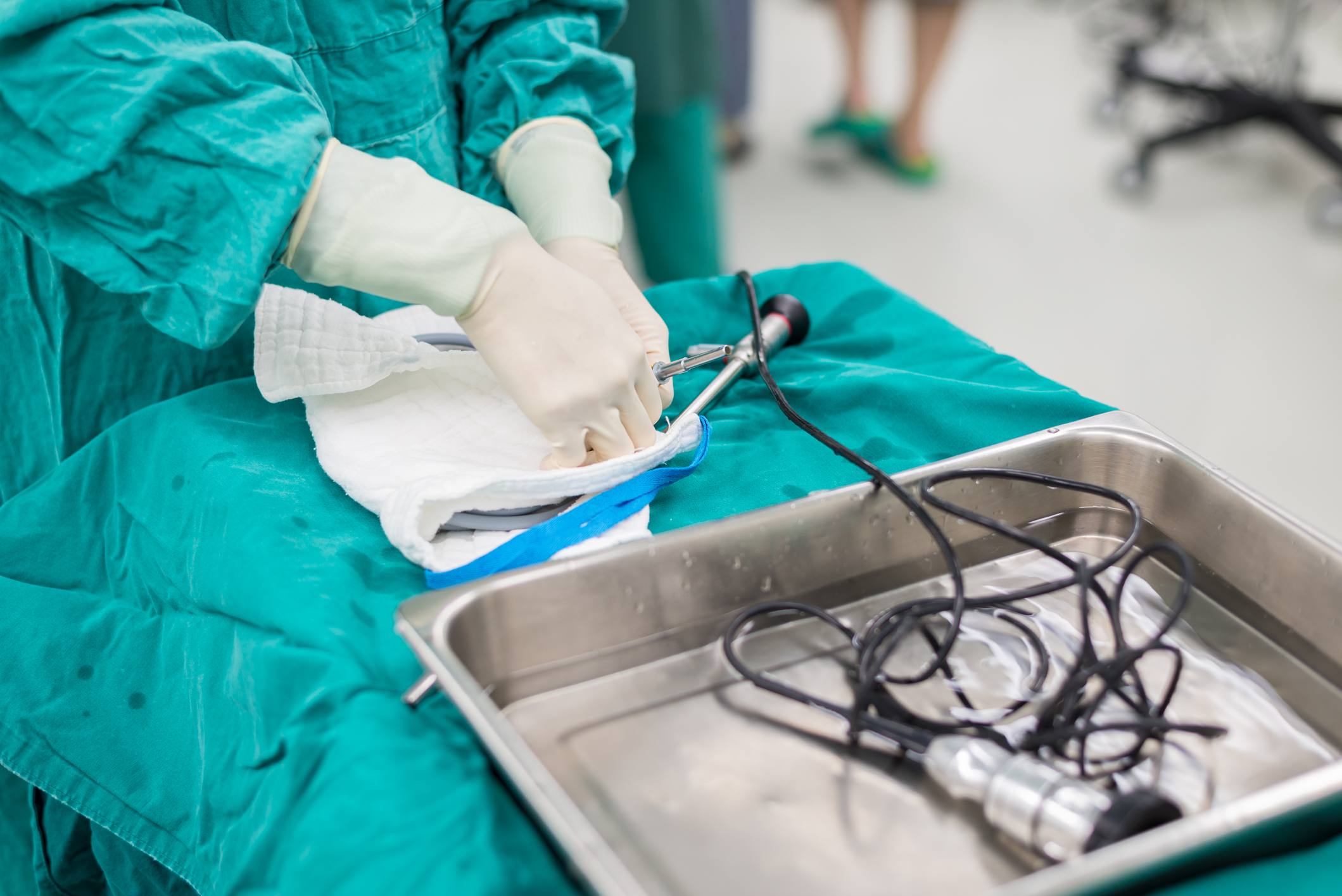The World Health Organization (WHO) is calling on countries worldwide to come together and eliminate hepatitis.
As a WHO news release notes, a new study published in Lancet Global Health finds that investing $6 billion annually to eliminate the disease in 67 low- and middle-income countries would prevent 4.5 million premature deaths by 2030, and more than 26 million deaths beyond. WHO concludes that about $60 billion is required to eliminate viral hepatitis as a public health threat in these countries by 2030, which would require a reduction in new hepatitis infections by 90% and deaths by 65%.
The plea from WHO comes at a time when the organization says the costs associated with diagnosing and treating viral hepatitis have declined. The organization noted that countries, such as India and Pakistan, are already taking advantage of reduced costs to undertake new hepatitis-focused initiatives.
The call for action came in conjunction with World Hepatitis Day. As WHO Director-General Dr Tedros Adhanom Ghebreyesus stated in the release, "Today, 80% of people living with hepatitis can't get the services they need to prevent, test for and treat the disease. On World Hepatitis Day, we’re calling for bold political leadership, with investments to match. We call on all countries to integrate services for hepatitis into benefit packages as part of their journey towards universal health coverage."





